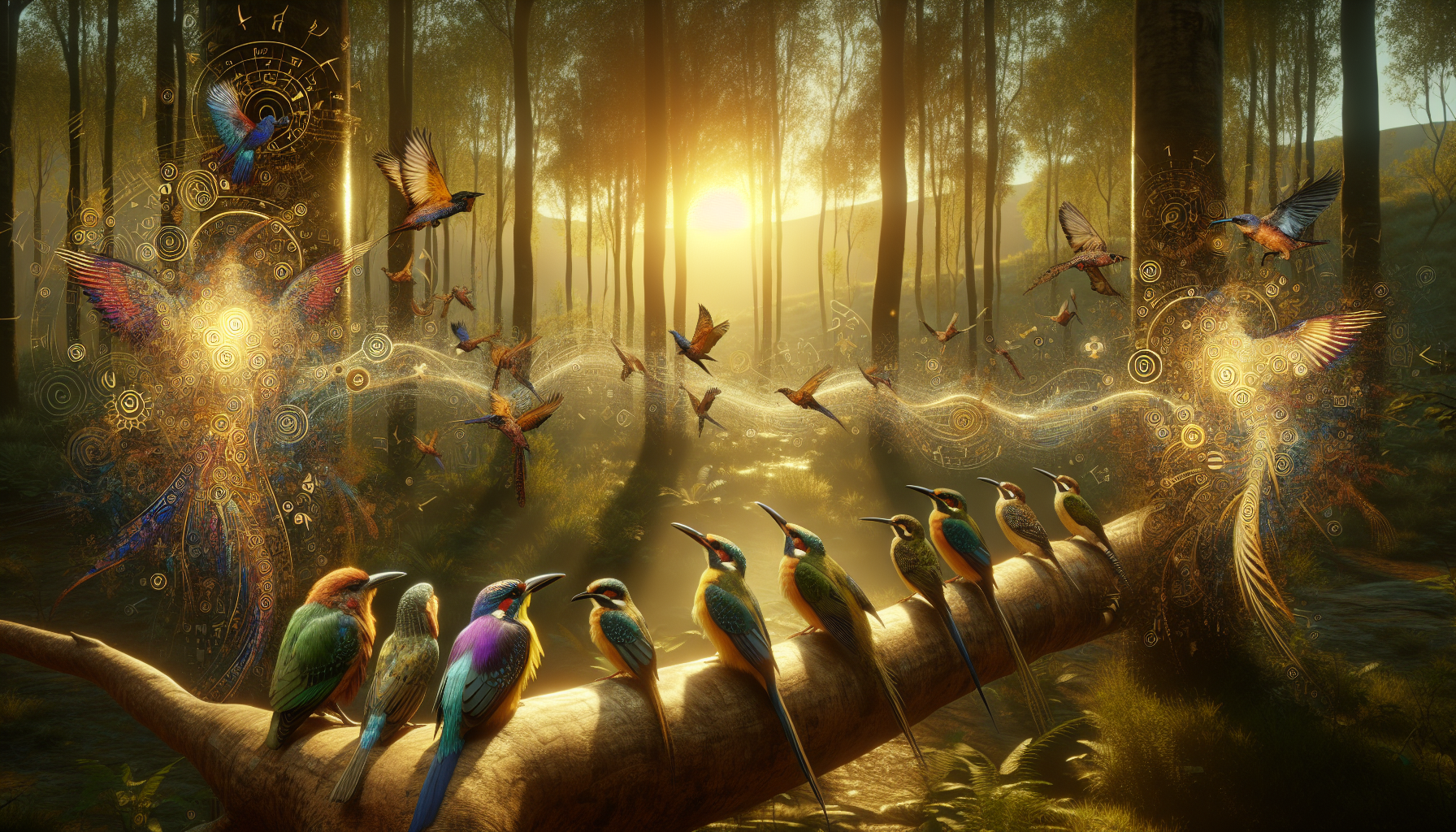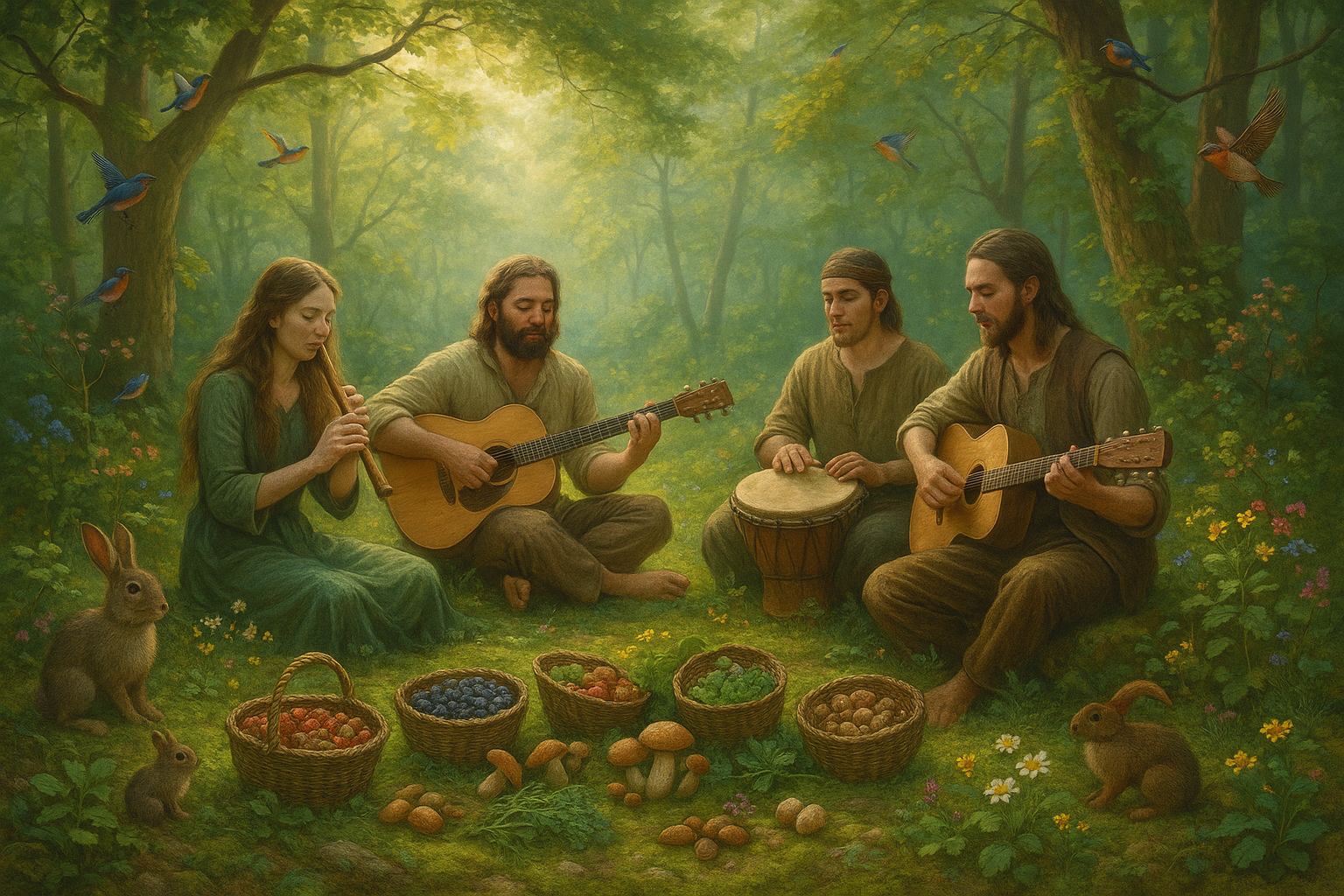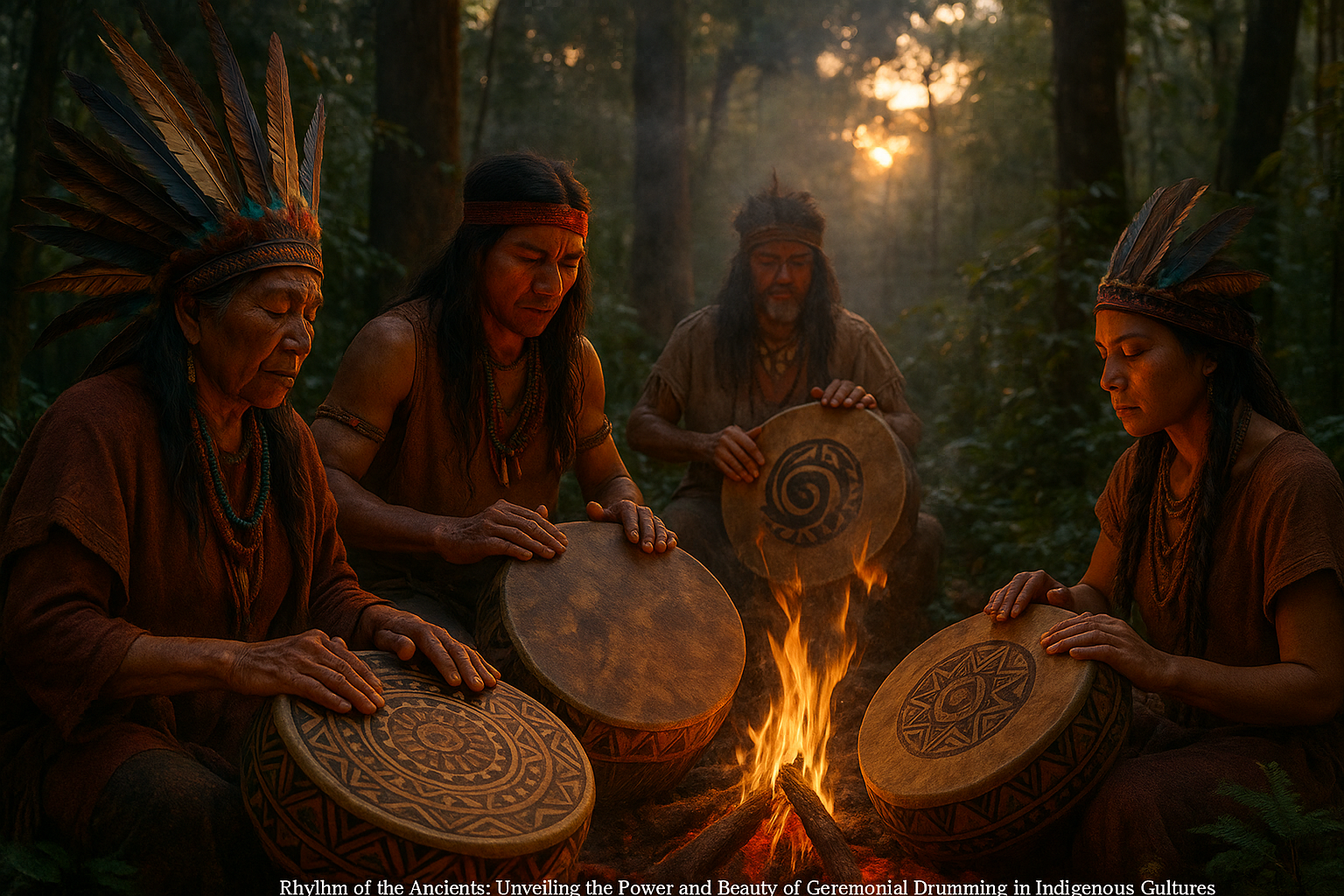In the gentle hush of dawn, as the first rays of sunlight pierce through the dense foliage of ancient forests, a symphony begins that has echoed through millennia. This is not just any music, but the songs of birds—nature’s original musicians—whose melodies have intrigued and inspired humans for as long as we have listened. But beyond their beauty, birdsong holds a deeper mystery that has captivated scientists and linguists alike: the possibility that within these notes lies the key to understanding the origins of human language itself. 🐦
The quest to unravel the secrets of birdsong is more than an academic pursuit; it is a journey into the heart of what it means to be human. Language is a defining feature of our species, a tool that has enabled us to share knowledge, express emotions, and build civilizations. Yet, its origins remain shrouded in mystery. How did the first humans begin to communicate complex ideas? Is it possible that the answers lie not in our own past, but in the melodies of our avian counterparts? This article embarks on an exploration of this fascinating intersection between birdsong and human language, shedding light on the evolutionary and neurological connections that bind us to our feathered friends.
At the forefront of this exploration is the growing body of research that examines the parallels between the cognitive processes of birds and humans. Birds, particularly songbirds, exhibit remarkable vocal learning abilities, akin to those of humans. This capability suggests a shared evolutionary pathway that may provide insights into how our ancestors developed the ability to speak. By delving into the similarities in brain structures, genetic markers, and learning patterns, scientists are beginning to piece together a picture of how language might have evolved. These findings not only deepen our understanding of human evolution but also challenge us to reconsider our place within the natural world.
Moreover, the study of birdsong offers a unique lens through which to view cultural transmission—how knowledge and behaviors are passed down through generations. Just as humans have dialects and regional accents, birds too have variations in their songs that change and adapt over time. This cultural evolution mirrors the linguistic changes seen in human societies, providing a natural laboratory to observe the mechanisms of language change and development. As we explore these parallels, we gain insights into the dynamics of cultural evolution and the factors that drive linguistic diversity.
Finally, the exploration of birdsong is not just about understanding the past; it also has profound implications for the future. As we face the challenges of climate change and habitat loss, the preservation of bird species and their habitats becomes increasingly urgent. These creatures are not only vital to the ecosystems they inhabit, but they also hold the keys to understanding our own history. By appreciating and protecting the natural world, we ensure that the symphony of birdsong continues to inspire and teach future generations. 🎵
Join us as we unlock the secrets of birdsong, tracing the melodies of nature to uncover the roots of our ancestral language. Through this journey, we will explore the rich tapestry of life that connects us all, deepening our appreciation for the wonders of the natural world and the intricate connections that bind us to it. Whether you are a seasoned ornithologist, a linguist, or simply someone enchanted by the music of the morning chorus, this exploration promises to be a captivating adventure into the origins of communication and the enduring power of song.
The Enchanting World of Birdsong
Birdsong has always fascinated humans, weaving a complex tapestry of sound that enchants the senses and stirs the soul. From the delicate warbles of the nightingale to the intricate calls of the mockingbird, these natural melodies hold secrets waiting to be unlocked. In this exploration, we delve deep into the world of birdsong, uncovering its mysteries and discovering its connections to human language.
Birdsong is not just a random sequence of notes; it is a sophisticated form of communication. Birds use song to attract mates, mark territory, and even warn others of potential dangers. Each species has its unique song, which can vary based on region, environment, and individual differences. This diversity in song patterns mirrors the complexity found in human languages, suggesting a deep evolutionary link.
The intricate structure of birdsong can be broken down into phrases, notes, and rhythms, much like human speech. Birds have specific calls for different situations, and their ability to learn and mimic sounds is akin to the way humans acquire language. Research has shown that the neural mechanisms involved in birdsong are strikingly similar to those used in human speech, providing a fascinating insight into the evolution of communication.
To explore further, watch this insightful video on birdsong and its mysteries: Understanding Birdsong – The Avian Choir.
Comparing Birdsong and Human Language
The parallels between birdsong and human language are both intriguing and profound. Scientists have long been captivated by the similarities in structure, function, and learning processes between the two. By examining these aspects, we can gain a deeper understanding of how communication has evolved in both birds and humans.
Birdsong and human language share a hierarchical structure, where small units combine to form larger, meaningful sequences. In birdsong, notes and syllables form phrases and complete songs. Similarly, in human language, phonemes combine to form words and sentences. This shared structure suggests that both forms of communication may have evolved from a common ancestor, adapting to the specific needs of each species.
Moreover, both birds and humans learn their respective vocalizations through a process of imitation and practice. Young birds listen to adult songs and gradually develop their own, much like children acquire language by mimicking the speech they hear. This process, known as vocal learning, is relatively rare in the animal kingdom and highlights the unique cognitive abilities of both birds and humans.
Check out the table below for a detailed comparison of birdsong and human language:
| Aspect | Birdsong | Human Language |
|---|---|---|
| Structure | Notes, syllables, phrases | Phonemes, words, sentences |
| Function | Mating, territory, alarm | Communication, expression, information |
| Learning | Imitation, practice | Imitation, practice |
| Neural Mechanisms | Song system in the brain | Broca’s and Wernicke’s areas |
The Evolutionary Significance of Birdsong
The evolutionary journey of birdsong is as captivating as the melodies themselves. Understanding the development of birdsong provides valuable insights into the evolution of communication and the cognitive abilities of birds. Through the lens of evolution, we can trace the origins of these natural symphonies and their impact on survival and reproduction.
Birdsong is thought to have evolved primarily as a mechanism for mate attraction and territory defense. The ability to produce complex songs is often linked to genetic fitness, as it requires both physical prowess and cognitive ability. Birds with more elaborate songs are often more successful in attracting mates and securing territory, thereby passing on their genes to future generations.
Interestingly, the evolution of birdsong also offers clues about the development of human language. Studies have shown that certain genes associated with vocal learning in birds have parallels in humans, suggesting a shared evolutionary pathway. This connection provides a fascinating glimpse into how our own language abilities may have evolved from more primitive forms of communication.
For a deeper dive into the evolutionary aspects of birdsong, watch the following video: The Evolution of Birdsong – Discovery Channel.
Birdsong as a Window to Human Ancestral Language
The idea that birdsong can offer insights into the origins of human language is a captivating one. By studying the intricacies of birdsong, researchers hope to uncover the roots of our own linguistic abilities. This section delves into how birdsong serves as a window into our ancestral language, shedding light on the evolutionary journey that led to the rich tapestry of human speech.
Birdsong and human language share several key characteristics, including hierarchical organization, learning processes, and neural underpinnings. These similarities suggest that by understanding birdsong, we can gain insights into the cognitive and neural mechanisms that underlie human language. This comparative approach allows researchers to hypothesize about the nature of early human communication and the factors that drove its evolution.
Furthermore, the study of birdsong can inform us about the social and environmental pressures that shaped the development of language. Birds use song to communicate within complex social structures, and their vocalizations are often influenced by environmental factors such as habitat and climate. By examining these influences, researchers can draw parallels to the conditions that may have shaped the evolution of human language in our ancestral past.
Below is a list of key areas where birdsong and human language intersect, offering clues to our linguistic origins:
- Vocal Learning: The ability to learn and imitate sounds is shared by both birds and humans, providing a model for understanding language acquisition.
- Neural Pathways: Similar neural structures are involved in birdsong and human speech, highlighting shared evolutionary roots.
- Social Function: Both birdsong and human language serve social purposes, such as forming bonds and establishing social hierarchies.
- Environmental Influence: The environment plays a crucial role in shaping both birdsong and human language, affecting their development and diversity.
As you explore the world of birdsong and its connections to human language, consider the profound implications of these findings for our understanding of communication, cognition, and evolution.

Conclusion
In conclusion, the exploration of birdsong as a window into our ancestral language is a fascinating journey that bridges the fields of ornithology, linguistics, and evolutionary biology. Throughout this article, we have delved into the intricate ways in which bird melodies can reflect the evolutionary pathways of communication, offering unique insights into how language may have developed in humans. By understanding the parallels between birdsong and human speech, researchers can uncover the building blocks of language, which are deeply rooted in the shared history of communication across species.
One of the primary points discussed is the structural complexity of birdsong and its resemblance to human linguistic patterns. Birds, much like humans, have developed intricate systems of communication that include syntax and varying vocal expressions, which are crucial for social interaction, mating, and survival. Studies suggest that the neural mechanisms involved in birdsong learning and production share similarities with those found in human language acquisition. This connection not only highlights the evolutionary significance of communication but also emphasizes the potential of birdsong as a model for understanding human language development.
Furthermore, the article highlights the role of environmental and social factors in shaping both birdsong and human language. Just as humans are influenced by their surroundings and cultural interactions, birds adapt their songs based on their habitat and social dynamics. This adaptability suggests a form of cultural transmission, akin to human linguistic evolution, where changes in environmental conditions and social structures can lead to the diversification of vocal expressions. By examining these parallels, scientists can better comprehend the factors that drive language evolution and diversity.
Moreover, the interdisciplinary nature of this research underscores the importance of collaborative efforts in unlocking the secrets of communication. By bringing together experts from various fields, such as biology, linguistics, and cognitive science, we can create a more comprehensive understanding of the origins and development of language. This collaborative approach not only enriches our knowledge but also inspires innovative methodologies for future research.
The significance of this topic extends beyond academic curiosity. Understanding the evolutionary roots of language has practical implications for modern society, particularly in the fields of education, artificial intelligence, and communication disorders. Insights gained from studying birdsong can inform strategies for language teaching, enhance speech recognition technologies, and provide therapeutic interventions for individuals with communication challenges. By appreciating the interconnectedness of nature and human innovation, we can harness this knowledge to improve our lives and communities.
As we reflect on the profound implications of birdsong research, it is essential to consider the broader impact of biodiversity and conservation efforts. The preservation of avian species and their habitats is crucial not only for maintaining ecological balance but also for safeguarding the natural laboratories that allow us to explore these evolutionary mysteries. Encouraging conservation initiatives and raising awareness about the importance of biodiversity are vital steps toward ensuring that future generations can continue to learn from the natural world.
In closing, the melodies of nature hold the key to unlocking the secrets of our ancestral language, offering a harmonious connection between the past and the present. We encourage you, our readers, to engage with this fascinating topic by sharing your thoughts, discussing with others, and exploring further research. Consider the ways in which the lessons from birdsong can be applied to your own life, whether it be through appreciating the beauty of nature, fostering communication in your community, or supporting conservation efforts. By embracing the interconnectedness of all living beings, we can continue to learn and grow, inspired by the symphony of life that surrounds us. 🎶
For further reading, explore these resources:
1. National Geographic: The Surprising Similarities Between Birdsong and Human Speech
2. Science Daily: How Birdsong May Unlock the Origins of Human Speech
3. Nature: The Neural Correlates of Birdsong and Human Language
Toni Santos is a sensory storyteller and soundscape artisan whose work explores the forgotten language of the Earth through acoustic ecology storytelling. With a deep reverence for the natural world’s sonic textures, Toni crafts narratives that awaken our ears to the subtle music of forests, winds, waters, and wild silence.
His creative journey is rooted in a desire to preserve and interpret the acoustic heritage of environments, both ancient and fragile. From the echo of birdsong in a disappearing jungle to the resonance of stones in sacred landscapes, Toni’s stories reflect the memory held in sound—often overlooked, yet deeply felt.
With a background in environmental aesthetics and sonic design, Toni blends field recordings, visual symbolism, and poetic insight to create immersive experiences that honor the sonic soul of nature. His work does more than document; it invites listeners to re-tune themselves to the rhythms of life that still pulse beneath modern noise.
As the voice behind Vizovex, Toni shares sound-based studies, ambient narratives, and reflective content that help others reconnect with how sound shapes memory, meaning, and place.
His work is a tribute to:
The lost soundscapes of vanishing ecosystems
The role of natural acoustics in cultural and emotional memory
The healing potential of listening deeply to the world
Whether you’re an artist, an ecologist, or someone drawn to the quiet power of listening, Toni invites you into a space where every rustle, ripple, and resonance becomes a story—one note, one place, one heartbeat at a time.





